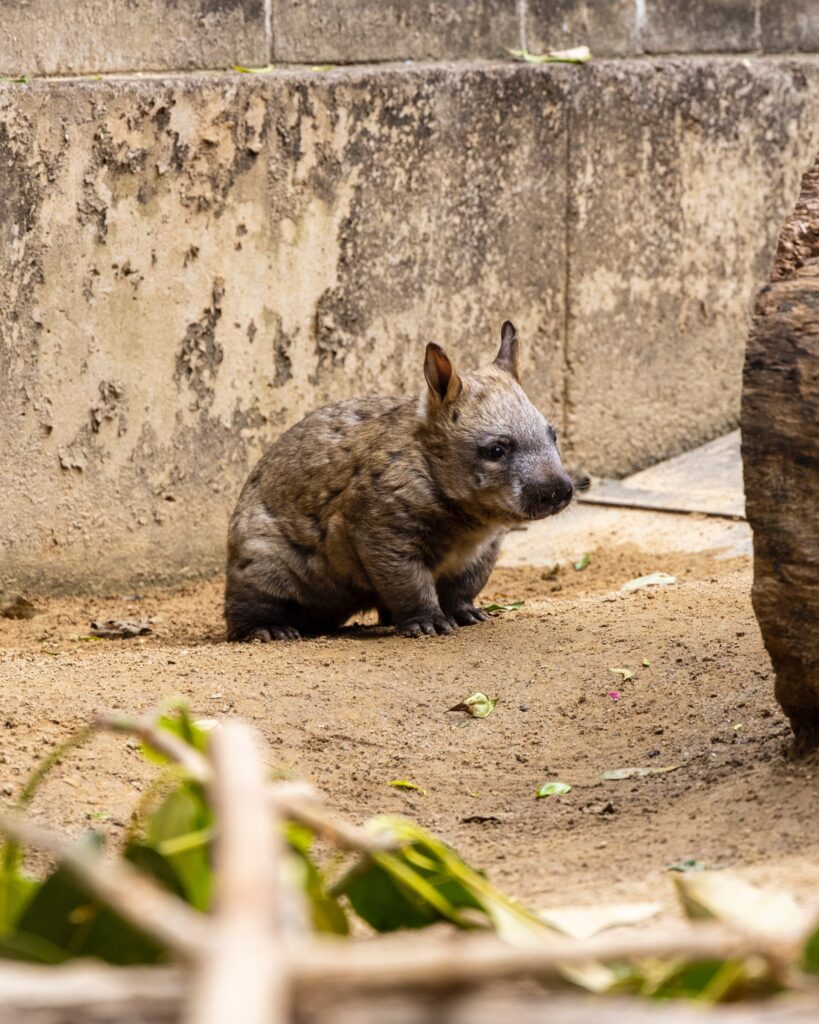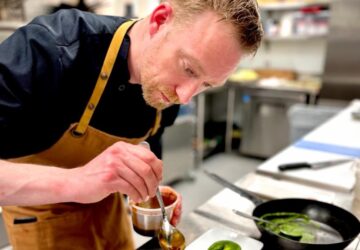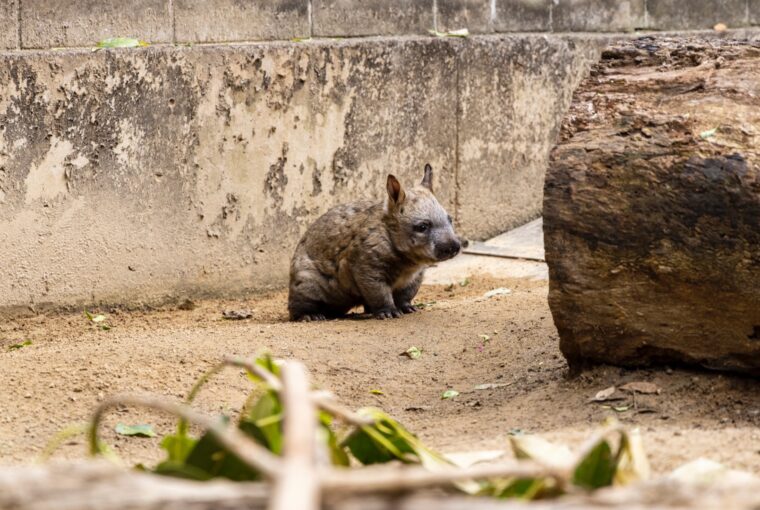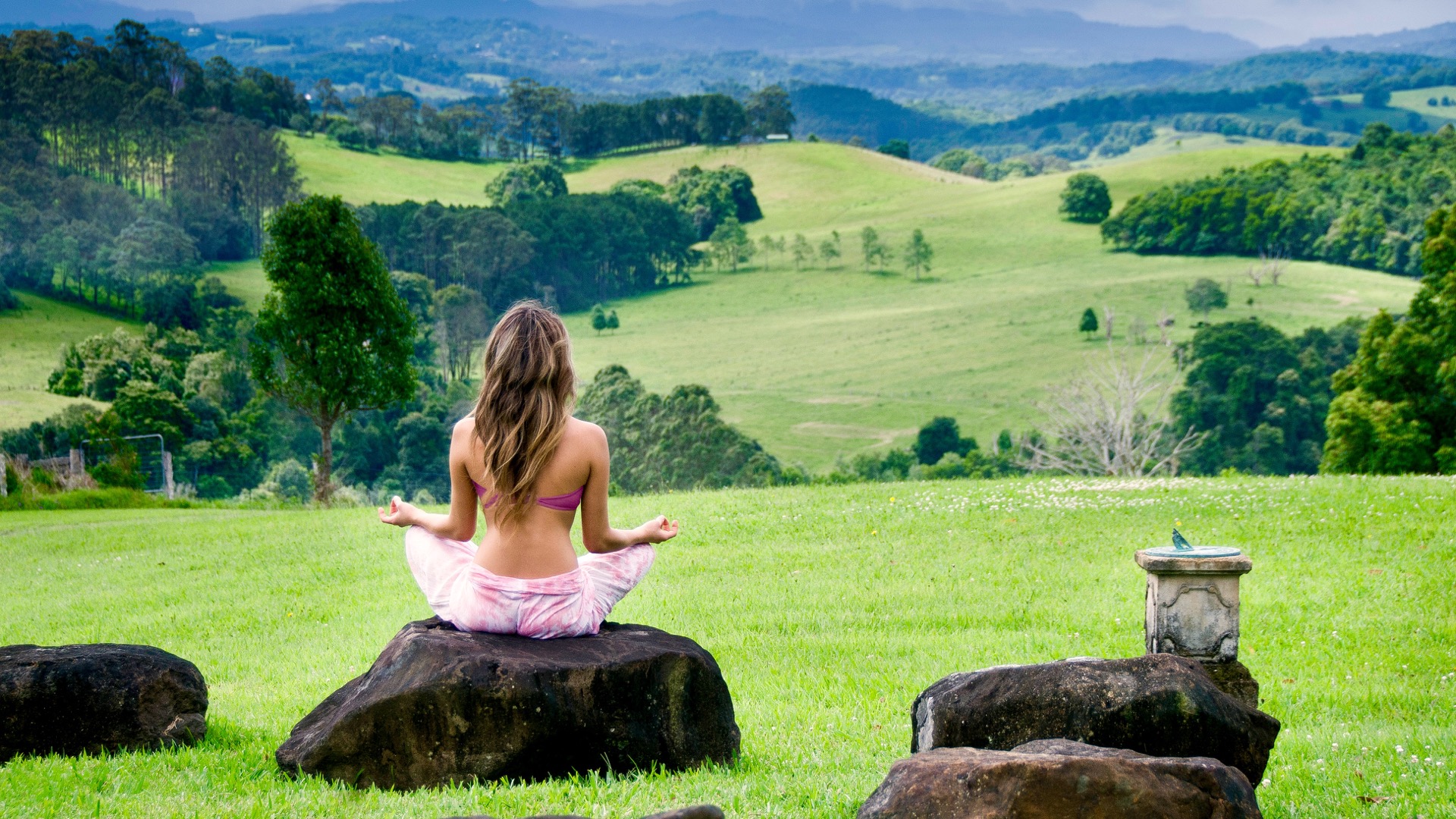The Taronga Zoo in Sydney welcomed an incredibly cute addition to the zoo – a southern hairy-nosed wombat joey, named Wadu, which means ‘wombat’ in the Wirangu language of South Australia. The Southern hairy-nosed wombat is an endangered species under the Threatened Species Conservation Act in Australia and as such, this birth represents a great success for the breeding program.
When born, all species of wombat are just the size of a jellybean. Being marsupials, mothers are born with a pouch that acts as an external womb for the joey to grow and develop and at around 6-7months, the joey will start to peek out of its mother’s pouch. At around 7-9 months, the joey will start to fully emerge from the pouch and explore its surroundings, as Wadu is now doing.
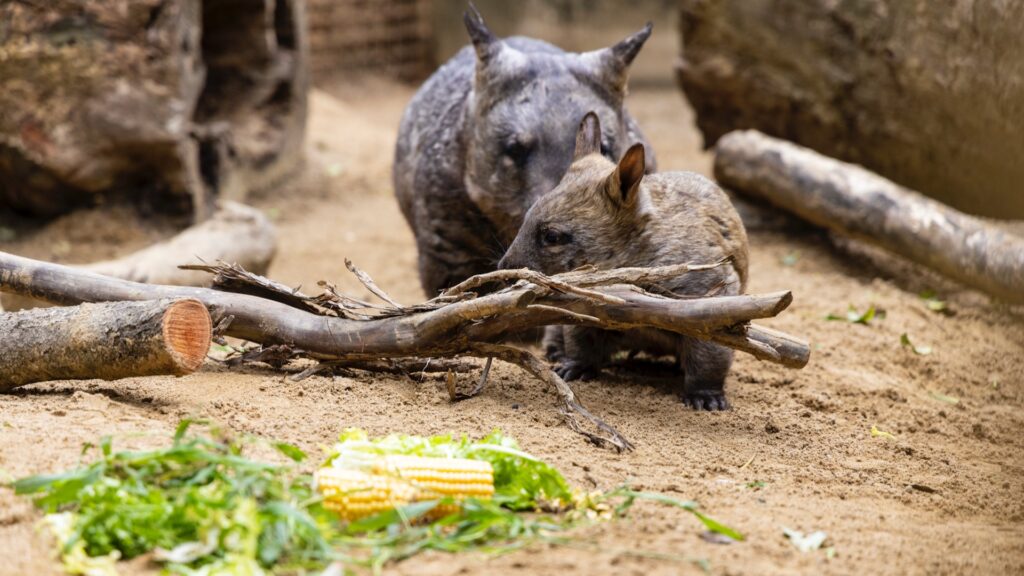
As Australia’s second largest marsupial, the world’s largest burrowing mammal, and the closest relative to the koala you can spot these loveable animals in the wild across Australia.
Here are some of the best spots to see a wombat in the wild:
- Maria Island, Tasmania: You won’t be on this island long before you encounter a wombat and with breeding season all year round, there’s even a high chance of spotting a joey!
- Emirates One&Only Wolgan Valley, New South Wales: Easiest to spot at dusk, Wolgan Valley’s 2,800 hectares of untamed beauty is the perfect spot for a hike in the many native reserves and nature parks to hunt down a sighting of a wombat.
- Ranger Guided Tour of Tidbinbilla Nature Reserve, Canberra: Set yourself the challenge on a visit to Tidbinbilla Nature Reserve to spot five famous native Australian animals that call the area home: the koala, platypus, kangaroo, emu, and of course, the wombat.
